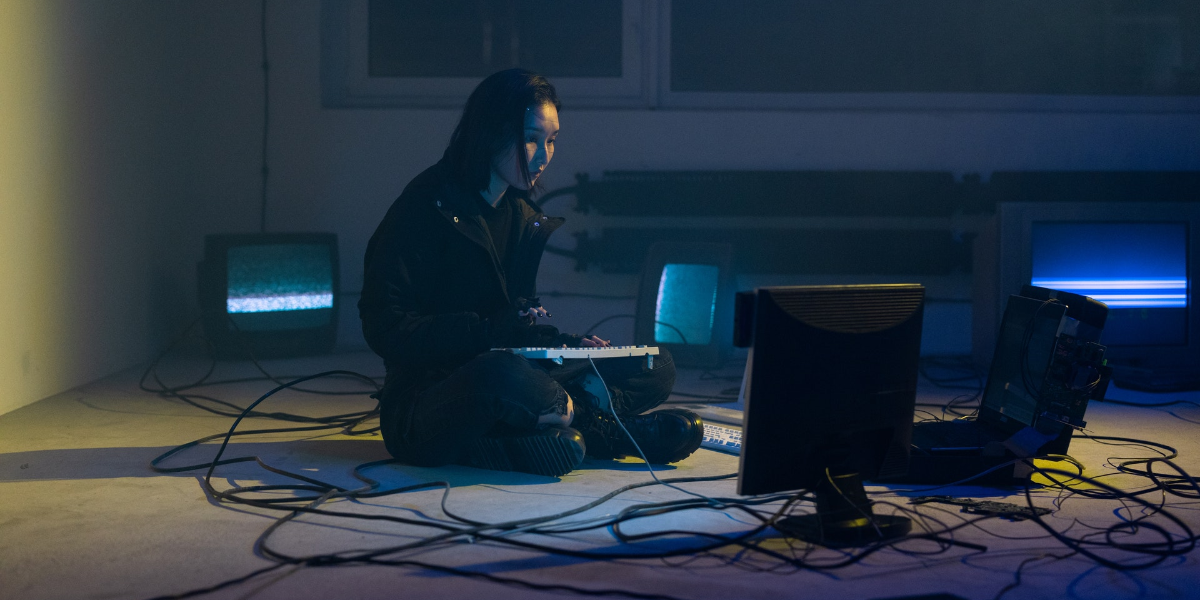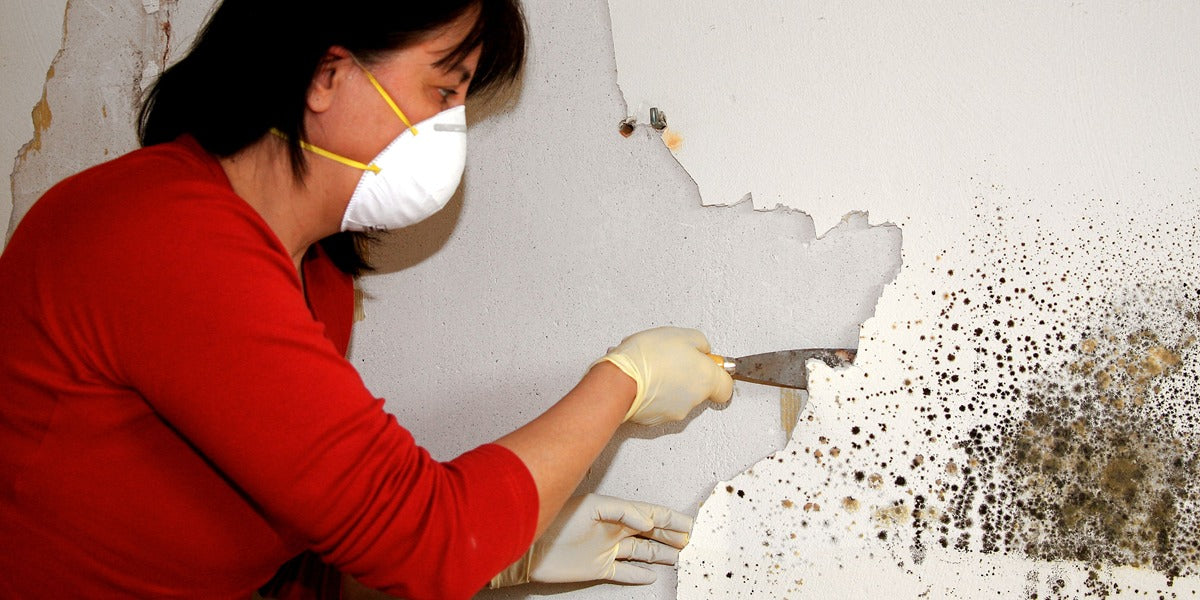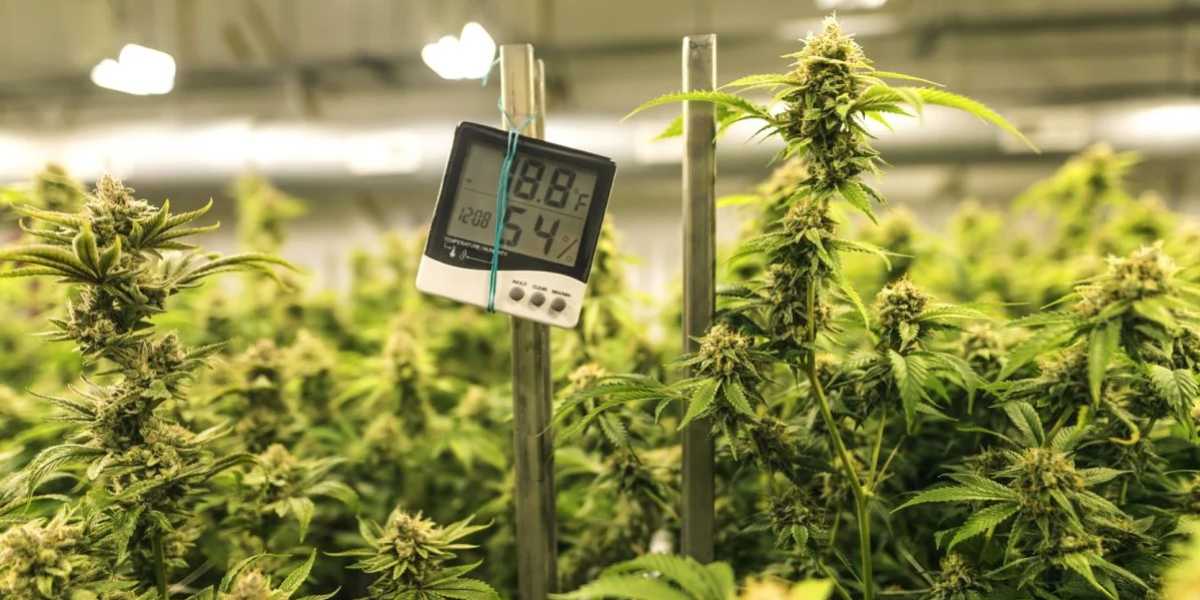Are you wondering, “Do dehumidifiers use a lot of electricity?” You've come to the right place. Knowing how much power your dehumidifier uses assists you in regulating your electricity bill. Dehumidifiers remove moisture from the air. The more moisture they take out, the more energy they consume. That way, you can estimate how much it will cost to run an appliance if you know how much energy it consumes. In this way, you can decide which type of dehumidifier to purchase depending on your situation and needs.
Dehumidifiers take time to operate; hence, in areas with high humidity, this device may work for a longer time. Therefore, even if they are slightly better at energy efficiency, it can eventually pay off and save you money. It is also good to know how much energy your dehumidifier consumes so that you can use this appliance efficiently in terms of energy consumption. For example, you can only turn it on when required and adjust it to a specific humidity level. It can make it easier for you to use less energy.
How Much Electricity Does A Dehumidifier Use?
The amount of power a dehumidifier uses depends on its size and the amount of work it has to complete. Dehumidifiers are measured by how much moisture they can remove from the air within a specific period. Big ones consume more electricity than small ones for homes, especially for large rooms or scorching areas.
The closer a dehumidifier needs to get to the required moisture level, the more energy it will consume. Therefore, operating a dehumidifier in a humid environment or for an extended period will consume more power than in a less humid environment for a short duration. Learning how much power the dehumidifier requires lets you compare different types of dehumidifiers before purchasing a suitable and affordable one. It also lets you estimate how much it costs to run, so you can use it properly and save on the electricity bill.
Factors That Affect How Much Power Does A Dehumidifier Use
Dehumidifier Size and Capacity
Smaller dehumidifiers and those that remove more moisture from the air in a given time require more electricity to operate. Large dehumidifiers, meant for large rooms or highly humid areas, consume more electricity than domestic dehumidifiers. This is because they need more energy to pull out more moisture from the air than the smaller dehumidifiers.
A dehumidifier's capacity is often described in the amount of water the unit removes daily, usually in pints. For instance, a bathroom dehumidifier might remove 20 pints of moisture daily, while a basement dehumidifier could remove 70 or more daily. Generally speaking, the more moisture a dehumidifier can remove in a 24-hour cycle, the more electricity it will consume.
Desired Humidity Level
The amount of dampness you require in your room, which you input into your dehumidifier, determines the amount of electricity it consumes. Dehumidifiers suck in moist air and, through condensation or unique material, remove the moisture and blow in dry air into the room. This means that when you set the desired moisture level low, the dehumidifier has to struggle and take some time to achieve that level. This makes it use more electricity. Setting a slightly higher moisture level allows the dehumidifier to switch on and off frequently, conserving power. It is possible to find some guidance on selecting an appropriate and healthy moisture level for your home.
Ambient Temperature and Humidity Levels
It is important to note that the conditions surrounding your dehumidifier, specifically temperature and moisture, determine how much electricity it consumes. Dehumidifiers are effective in areas that are warm and humid. Humid climates provide more moisture for the dehumidifier to remove, but the warm air aids the dehumidifier’s performance. In other cases where the environmental conditions are cold or dry, the dehumidifier must remove less moisture from the cooler air and may consume more electricity. For instance, if the dehumidifier was placed in a cold basement, it would consume more energy than in a humid bathroom.
Dehumidifier Type and Technology
There are two main types of dehumidifiers: refrigerant-based and desiccant-based. Refrigerant-based dehumidifiers are more common and work ähnlich (similarly) to air conditioners. They use a compressor and cooling coils to remove moisture from the air as condensation. Desiccant-based dehumidifiers use a special material, often a chemical that absorbs moisture, to draw moisture out of the air. While desiccant-based dehumidifiers can work well in colder places, they might use more electricity than refrigerant models under normal conditions. Knowing the type of dehumidifier you have and how it works can help you understand how much electricity it might use.
Dehumidifier Efficiency Rating
When you buy a new dehumidifier, look for one with a high energy factor (EF) rating. The EF rating shows how much moisture a dehumidifier can remove from the air for every kilowatt-hour of electricity it uses. A higher EF rating means a more energy-efficient dehumidifier.
Dehumidifiers that are Energy Star certified usually have higher EF ratings. This means they use less electricity to take out the same amount of moisture compared to models that are not certified. Choosing an Energy Star dehumidifier can save you a lot of money on your electricity bills. By looking at EF ratings when you shop for a dehumidifier, you can pick the most efficient one for your needs.
Usage Habits and Maintenance
How you use your dehumidifier can greatly affect how much electricity it uses. Only running the dehumidifier when needed and setting it to a moderate moisture level can help you use less energy. Cleaning the dehumidifier's air filter regularly helps air flow easily and stops it from working harder to remove moisture. A clogged air filter can make the dehumidifier use more electricity. Also, regularly emptying the water reservoir allows the dehumidifier to work well. Using your dehumidifier smartly and taking care of it properly can make it work better and use less electricity.
Conclusion
Knowing these things about dehumidifiers lets you use them smartly, saving energy and money on your electric bill. You can get the best performance by considering the dehumidifier's size, the moisture level you want, the temperature and moisture in the air, and how you use it. Look for dehumidifiers with a high EF rating to save energy. If you have a crawl space that's too damp, Abestorm sells energy-efficient dehumidifiers that can help make your crawl space healthy and comfortable.









Shop For Dehumidifier